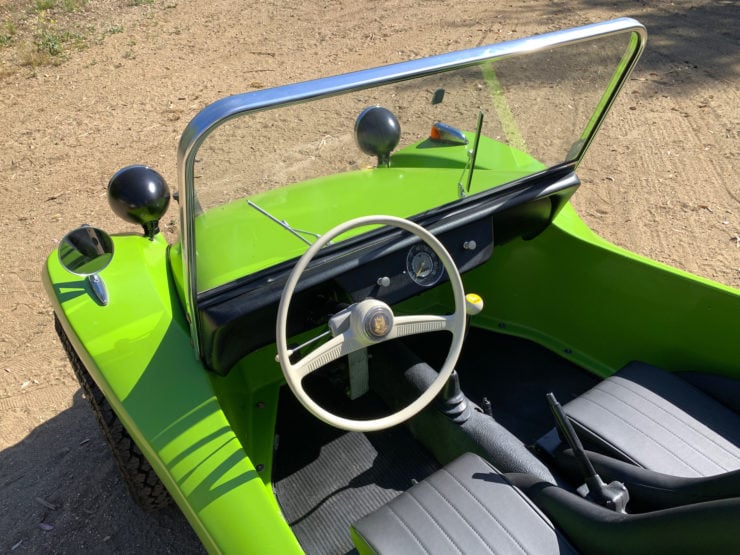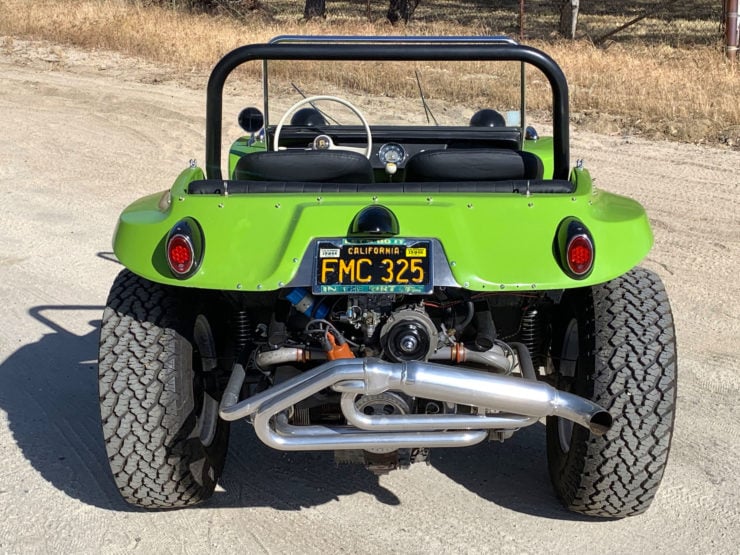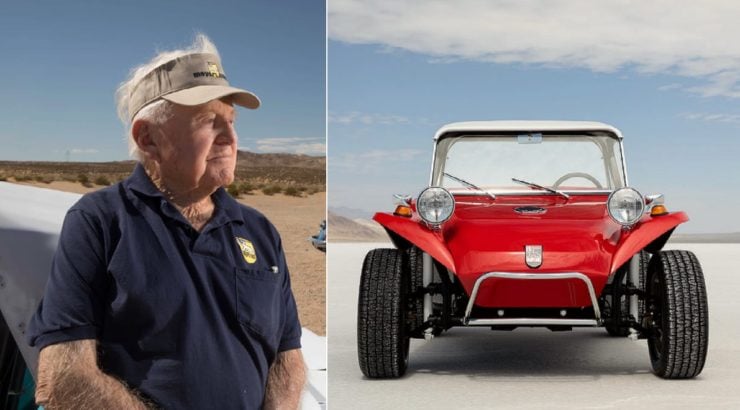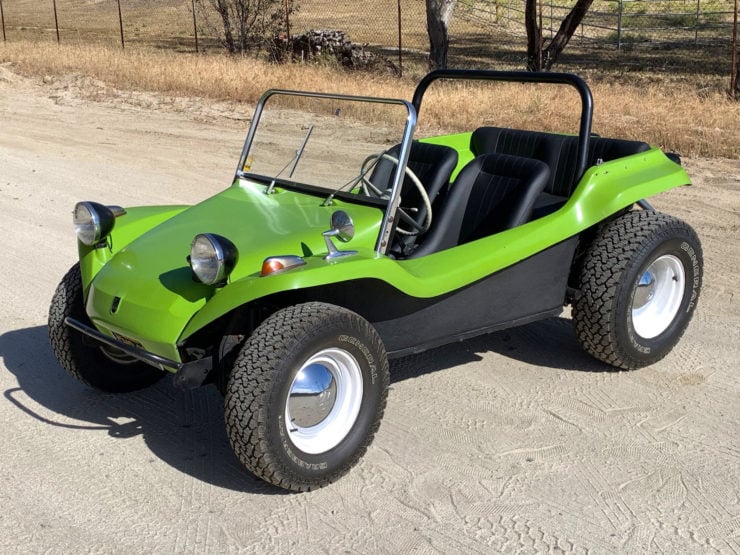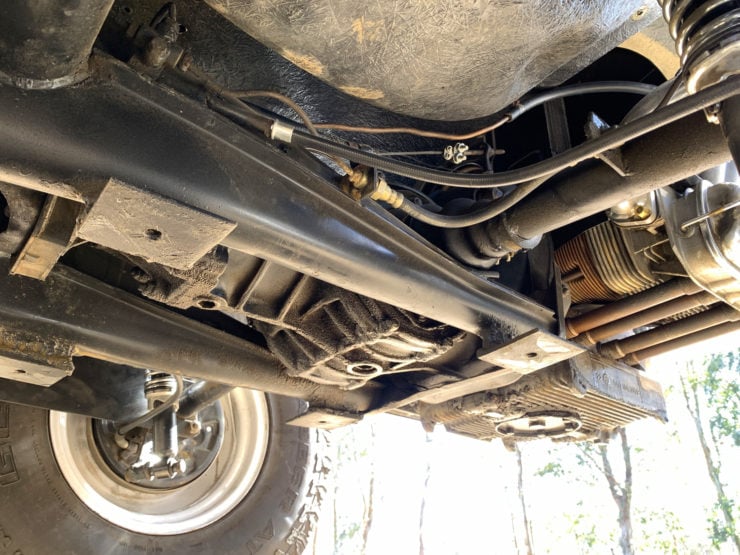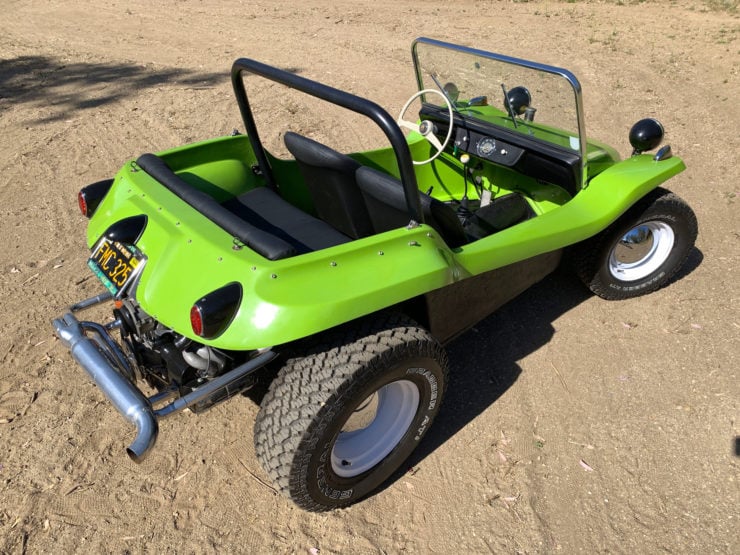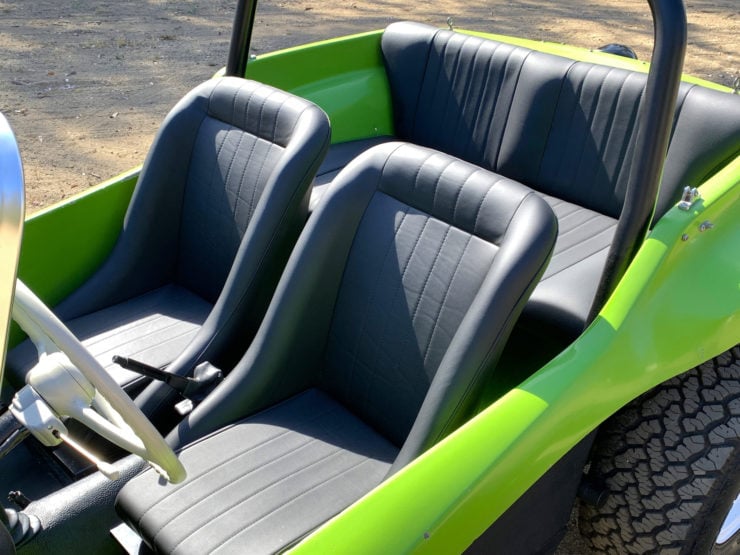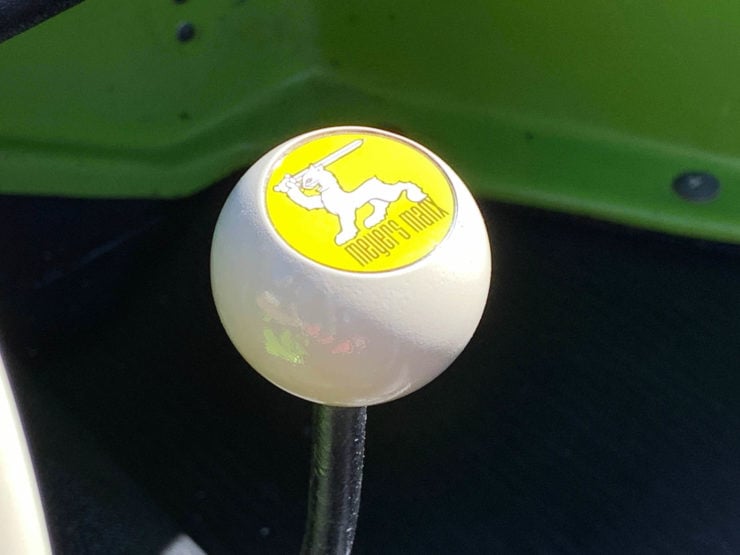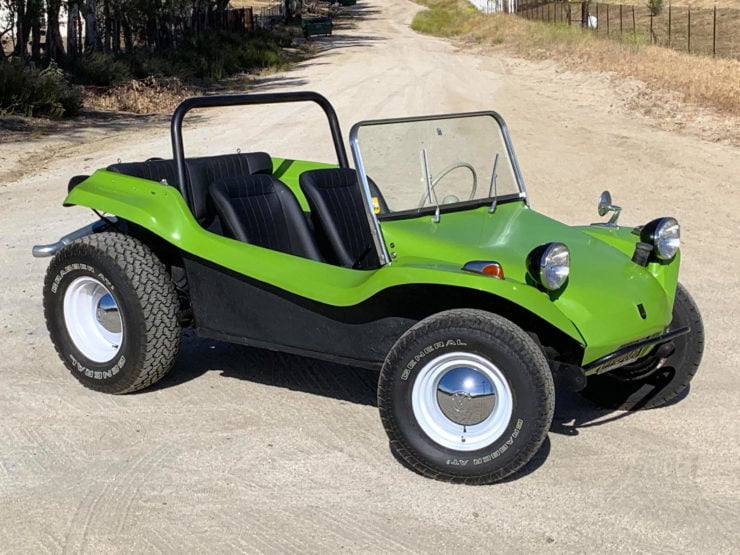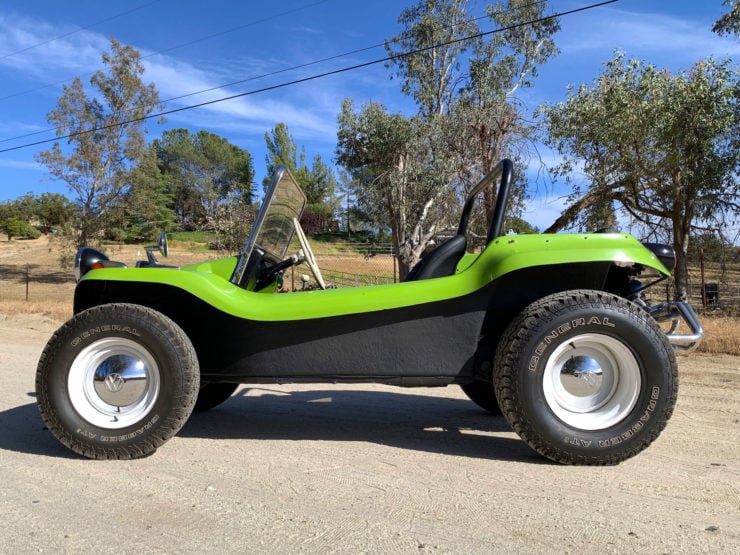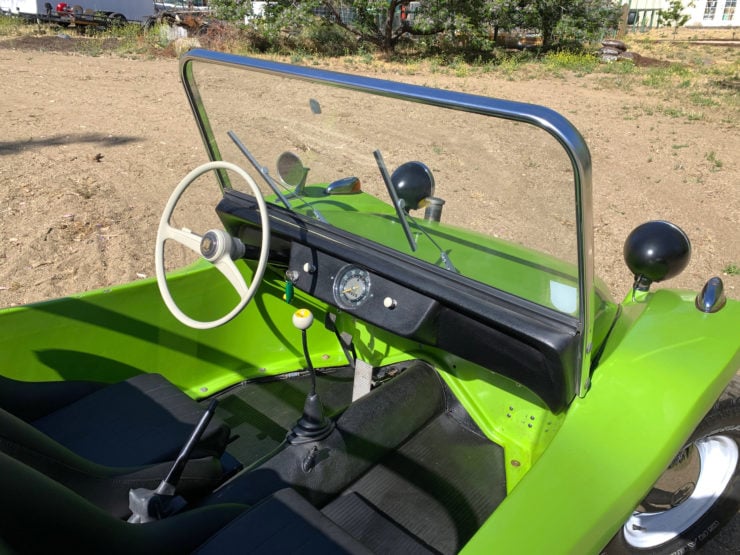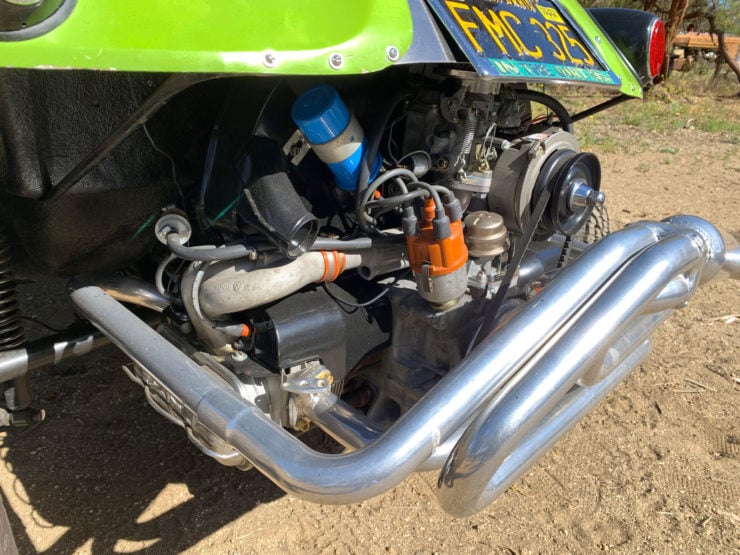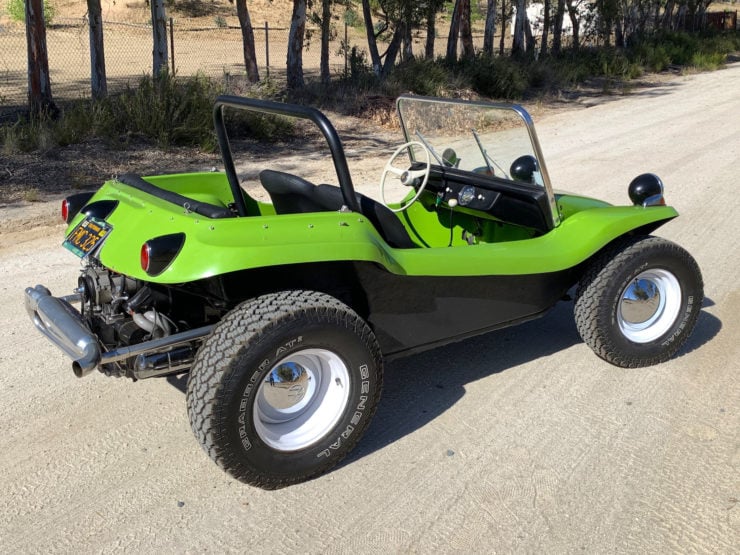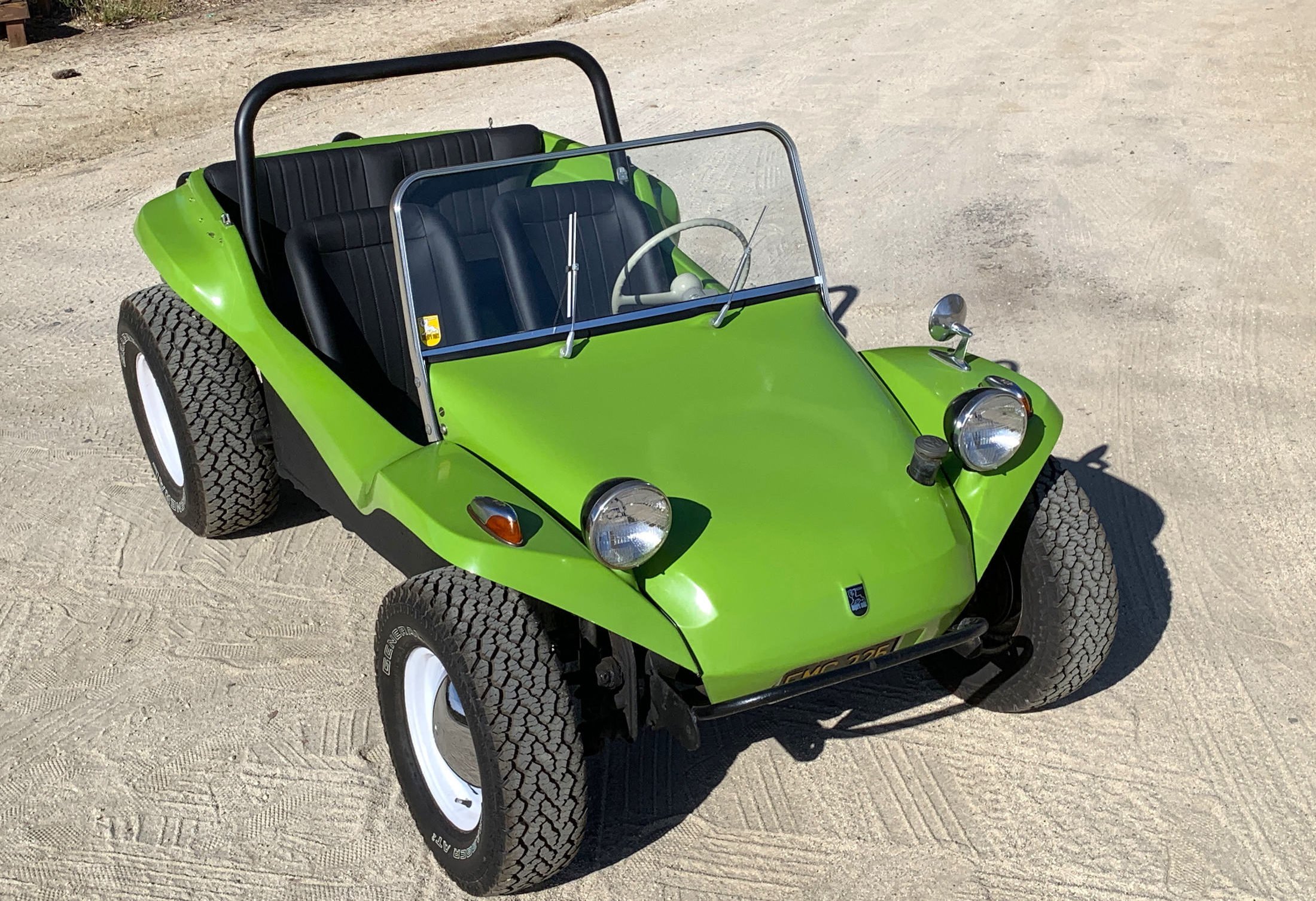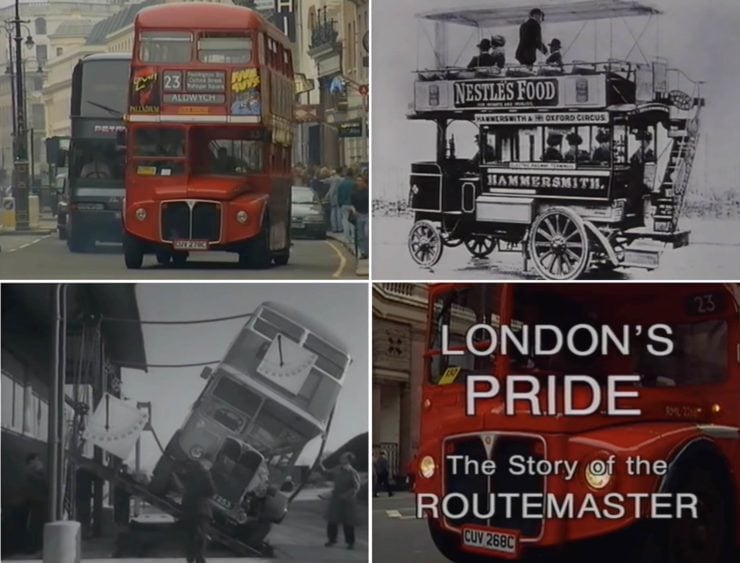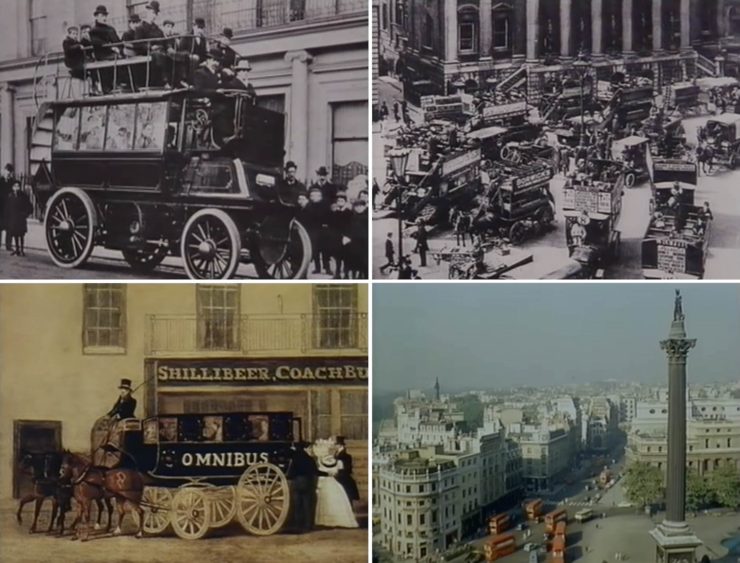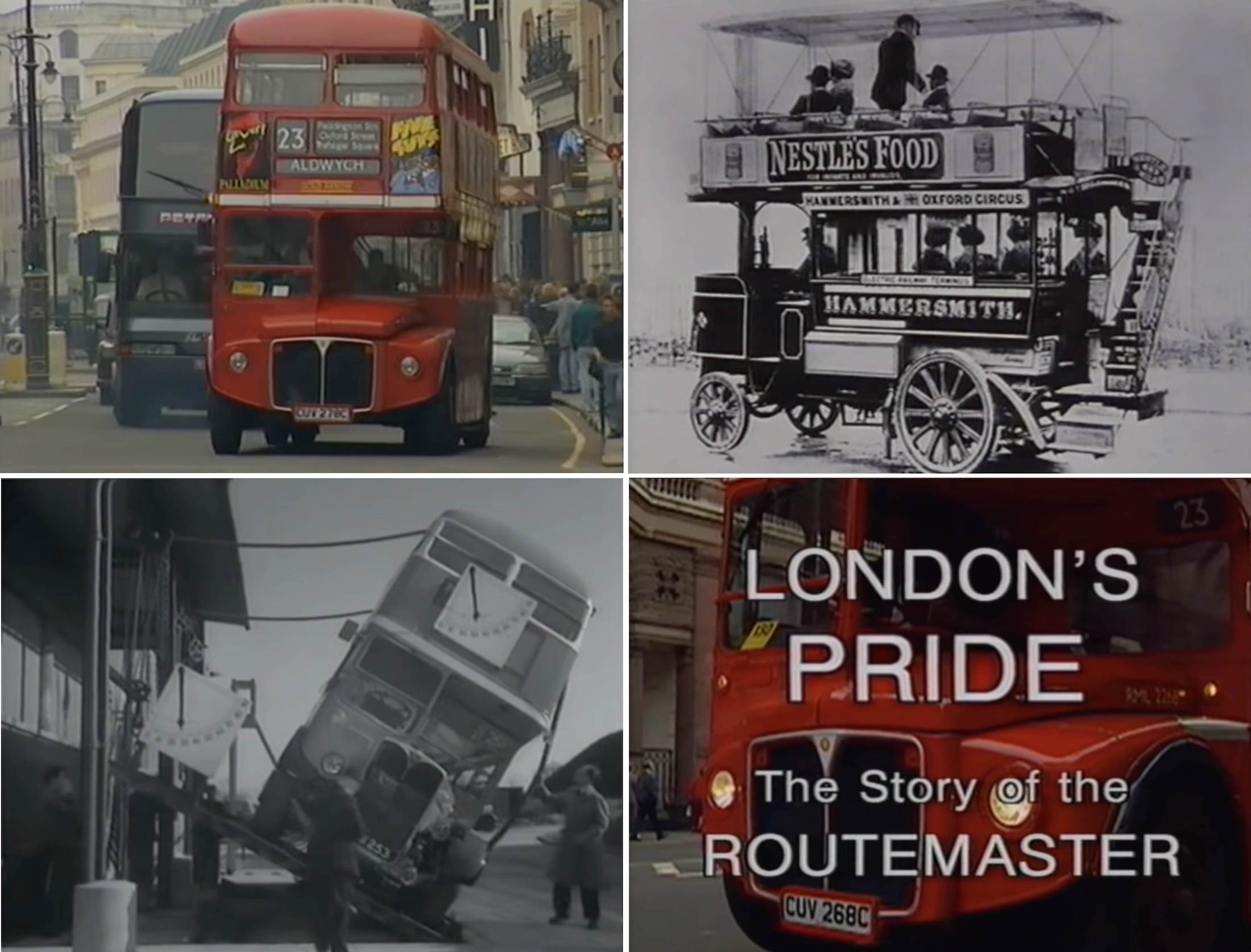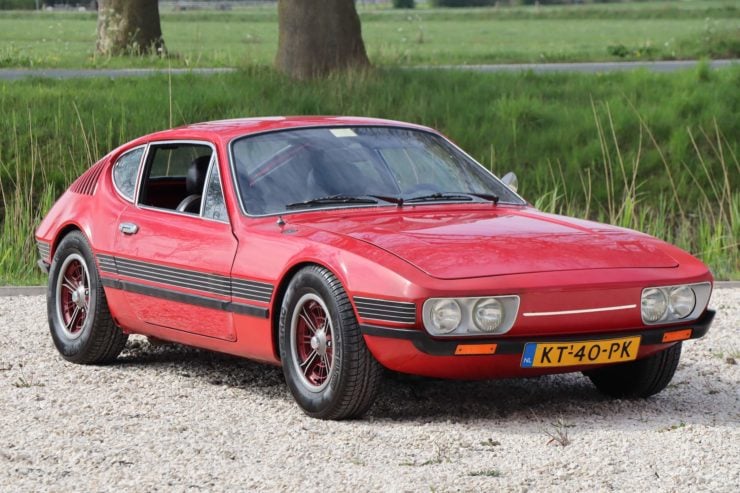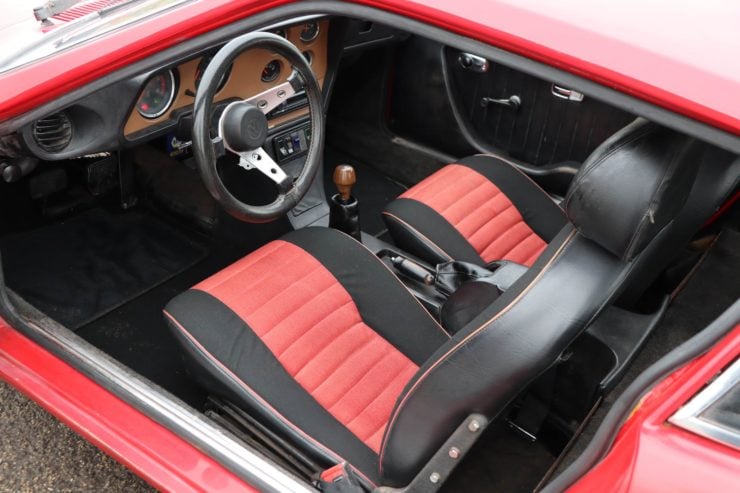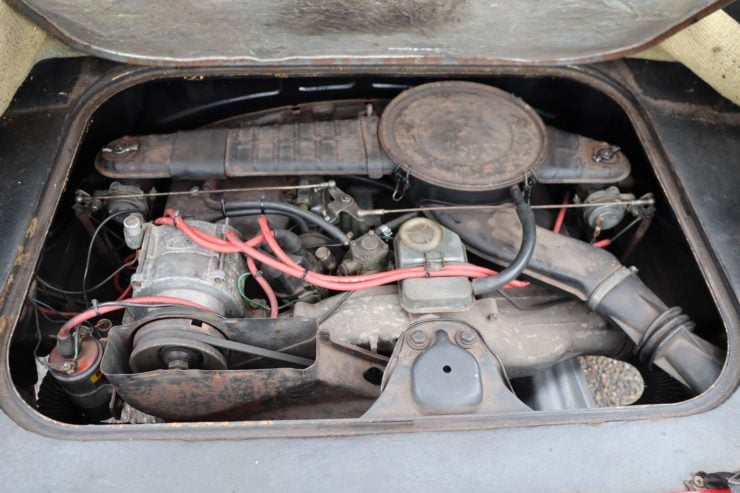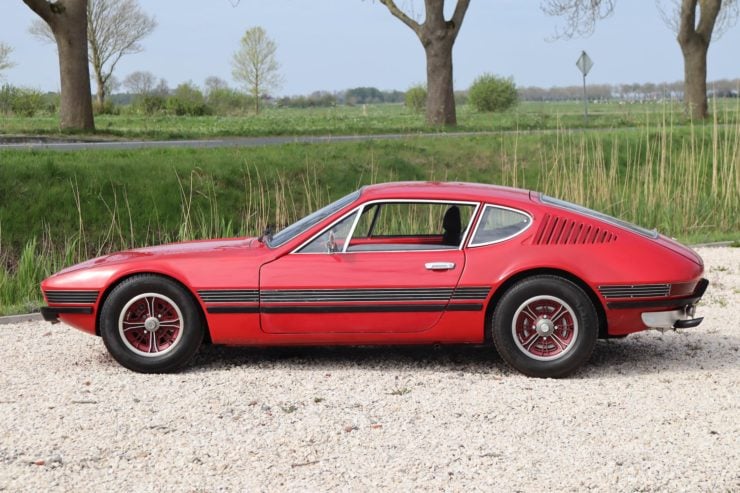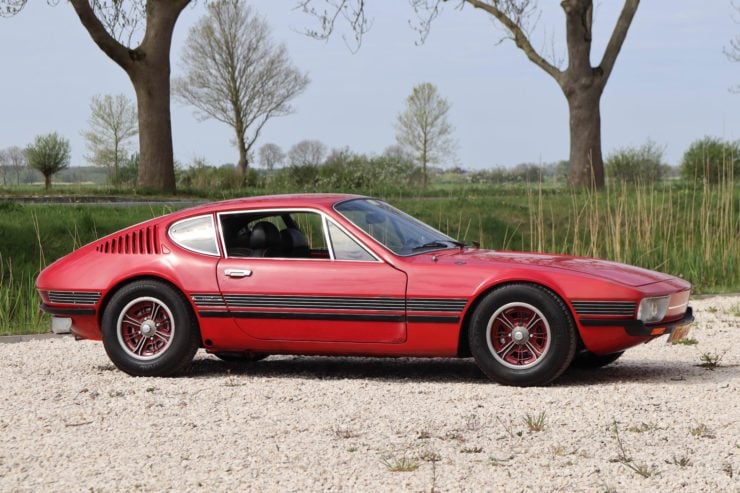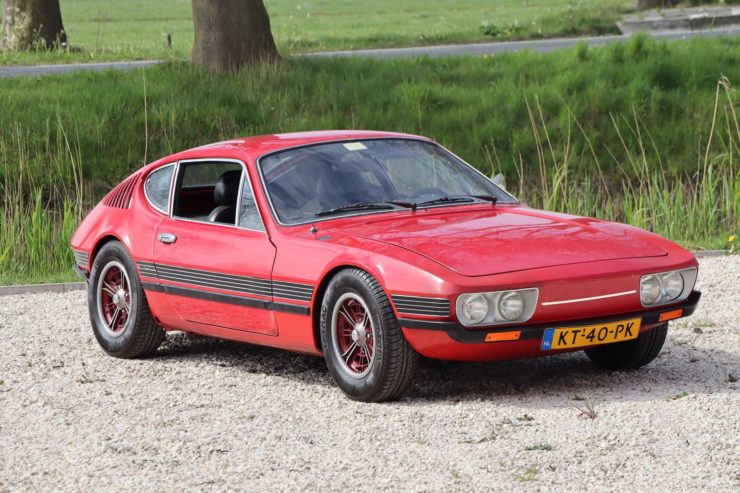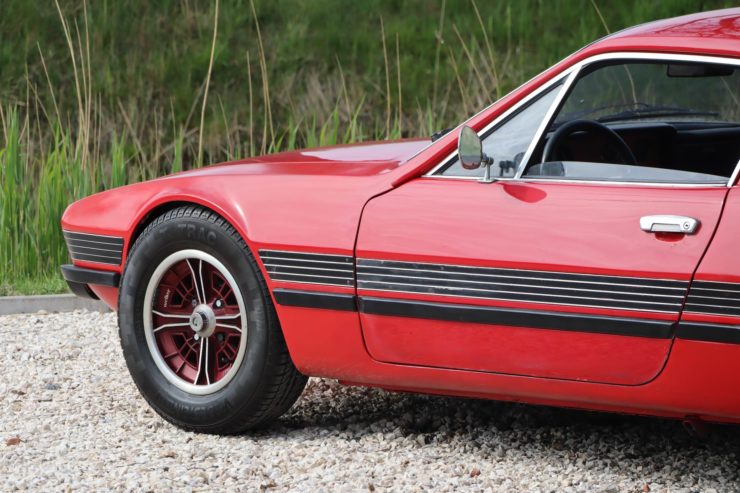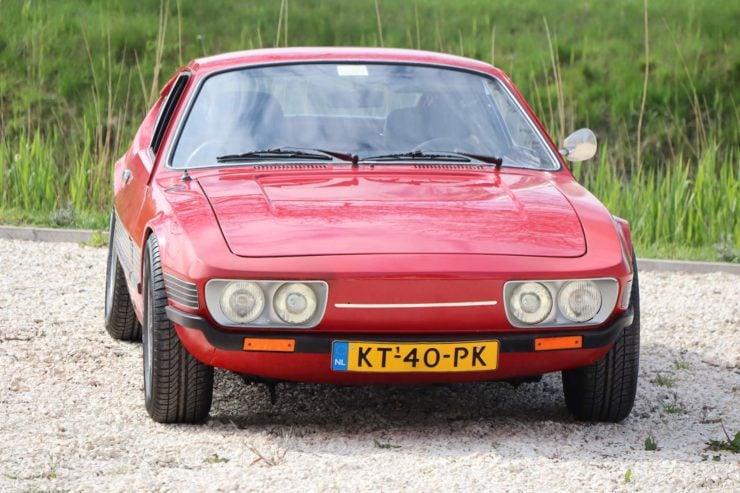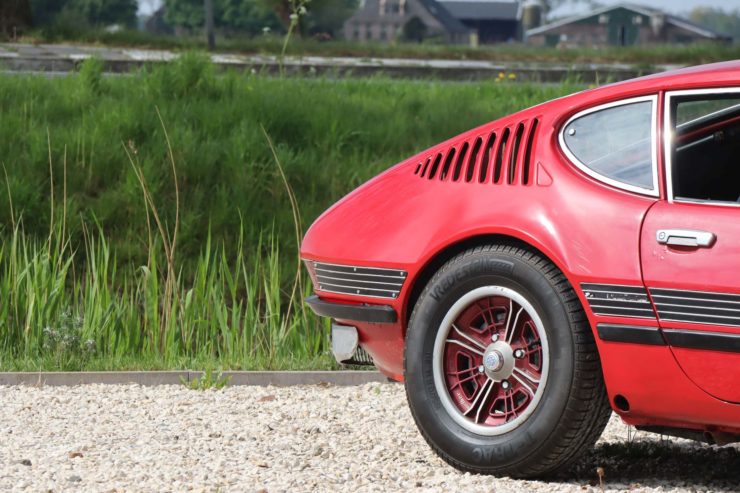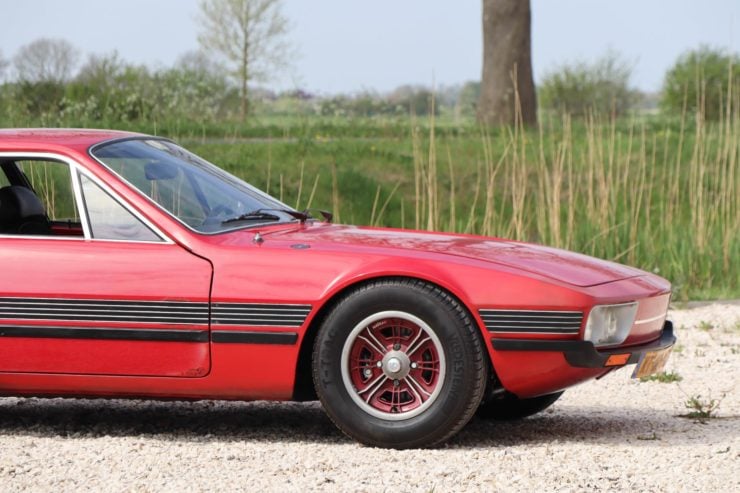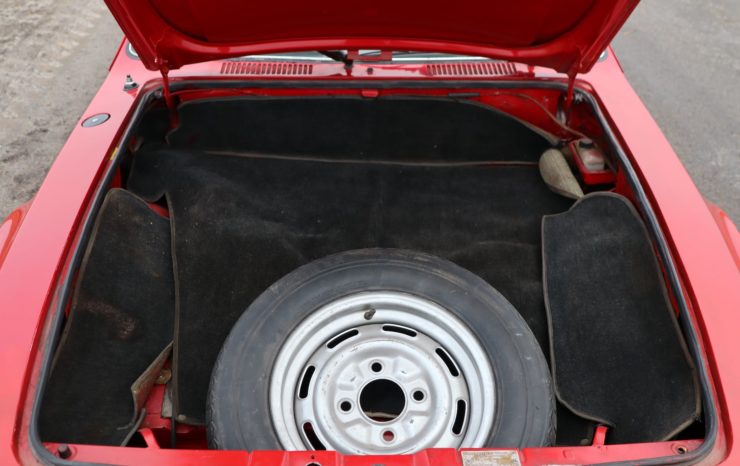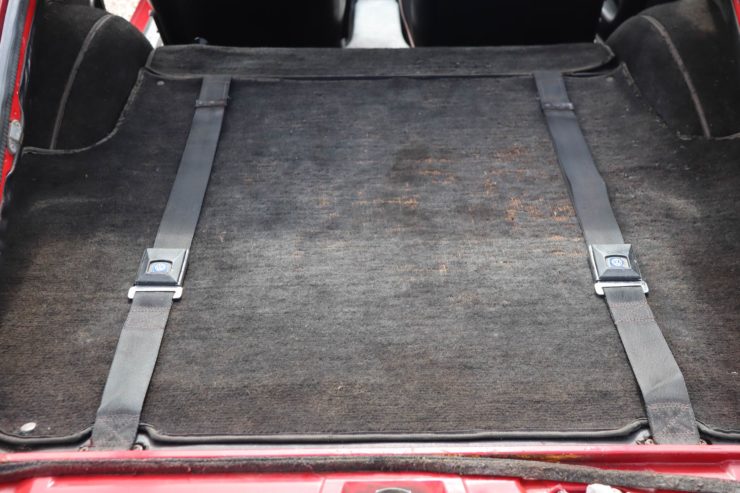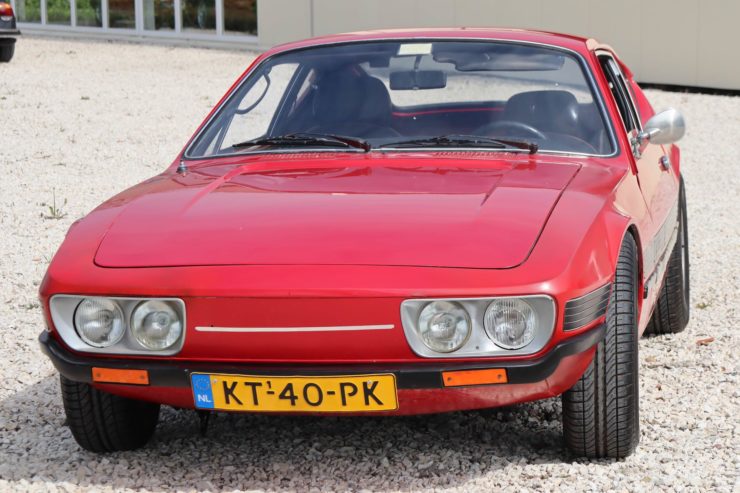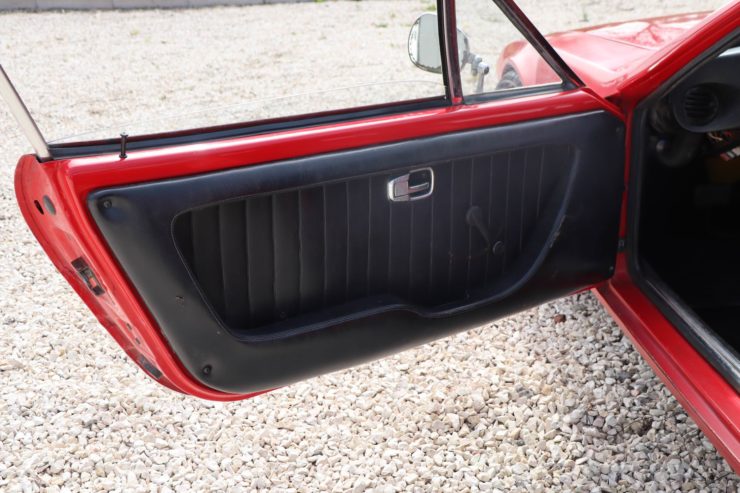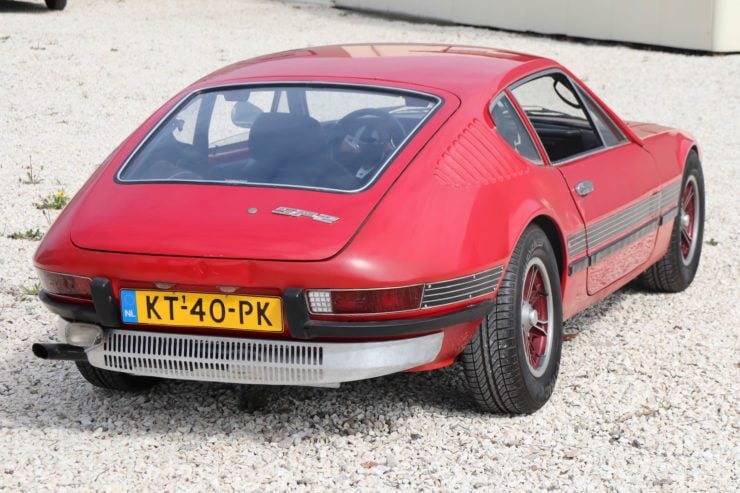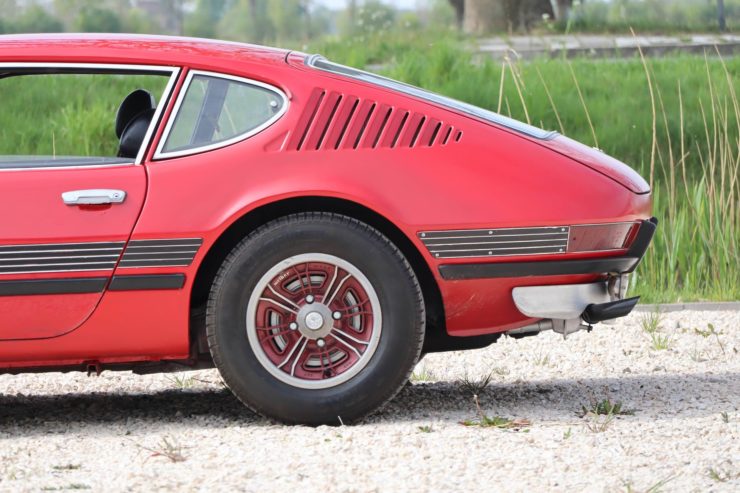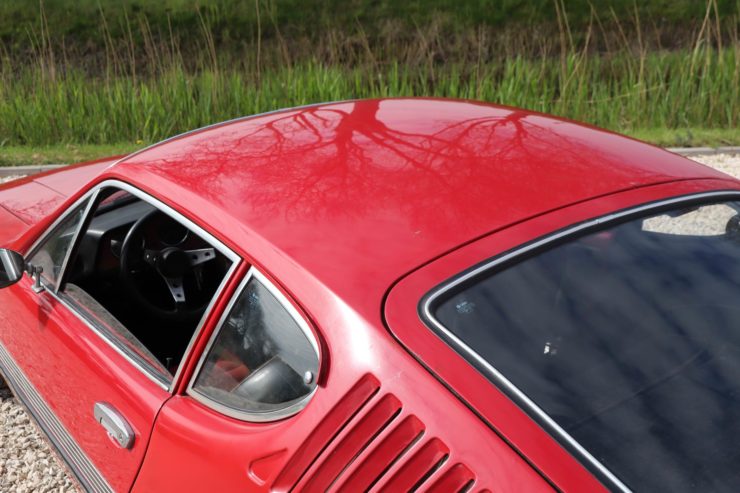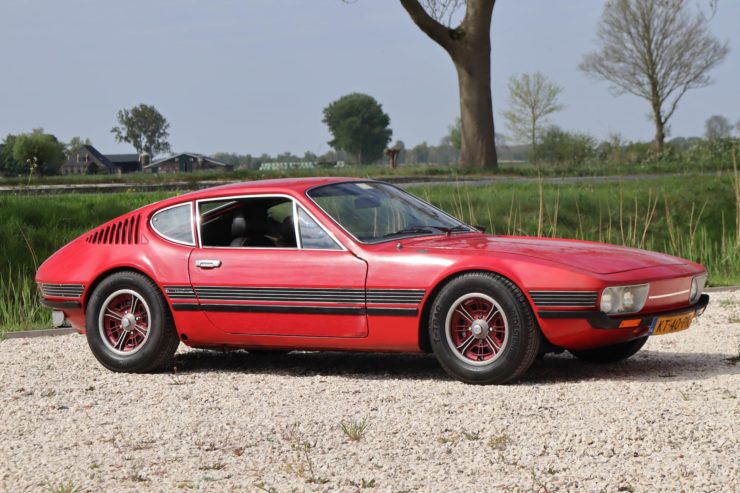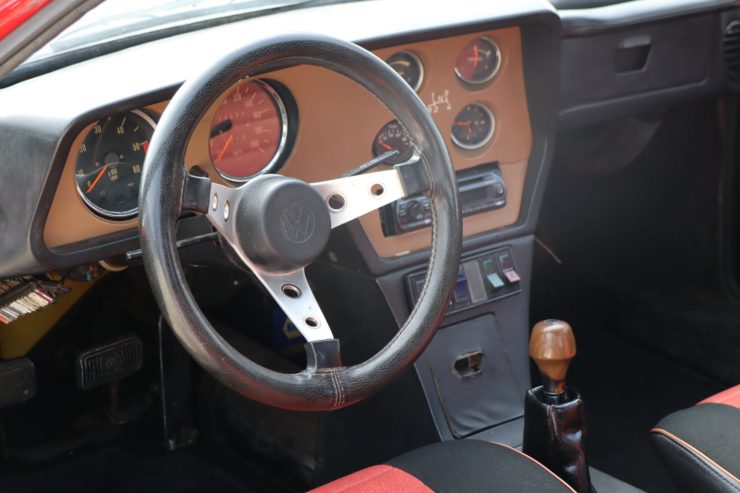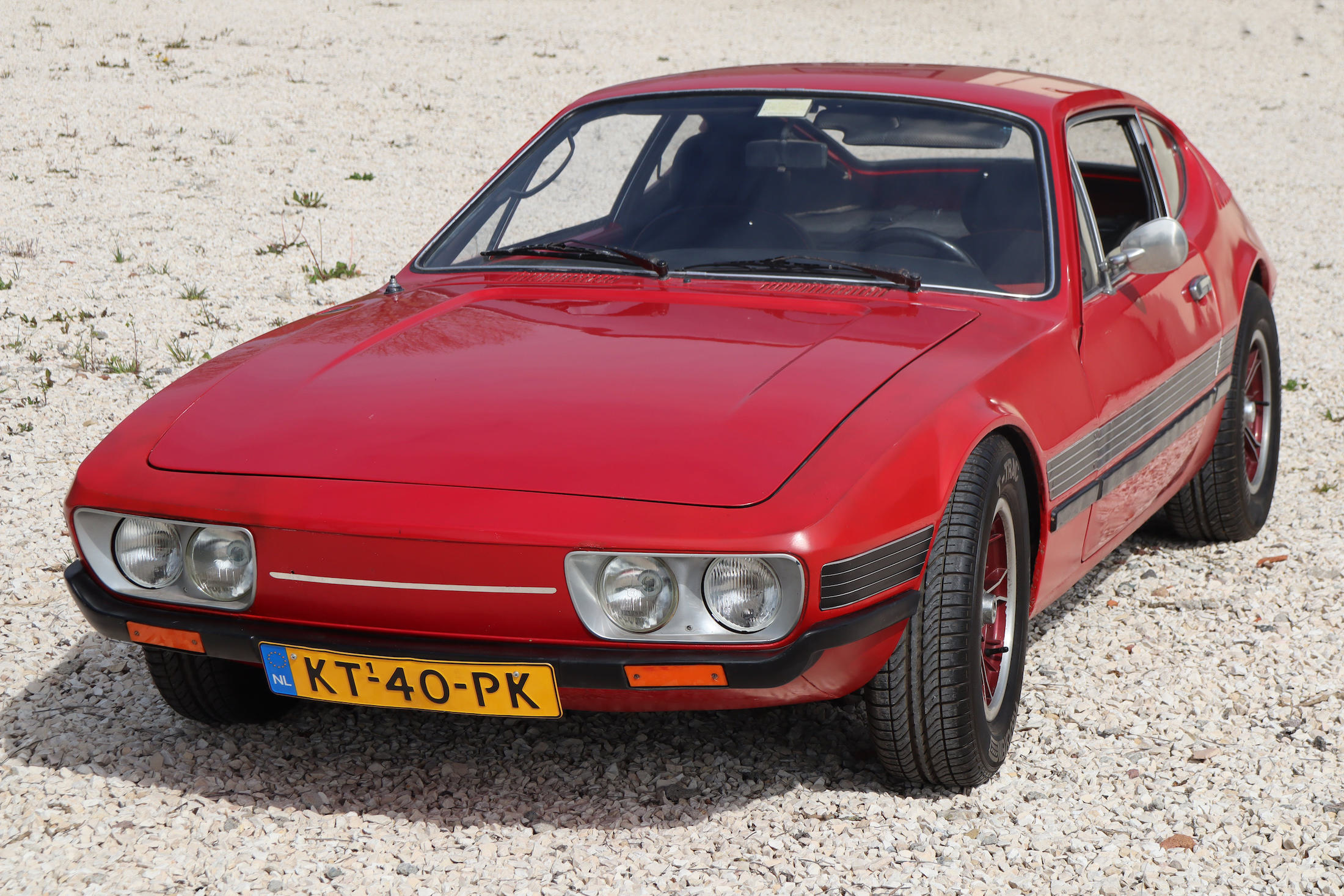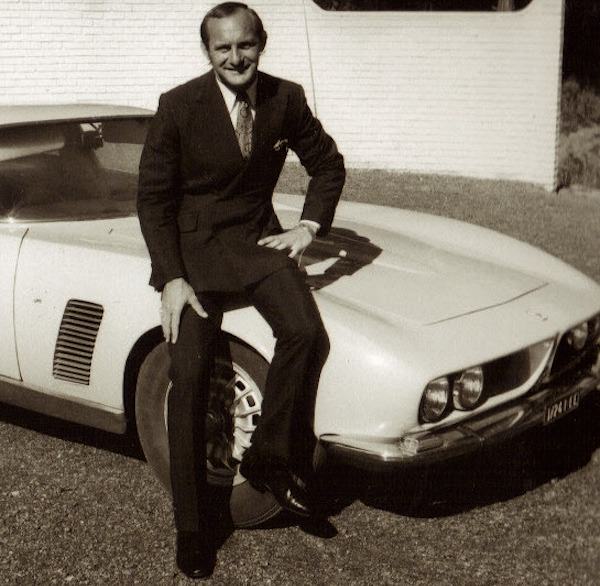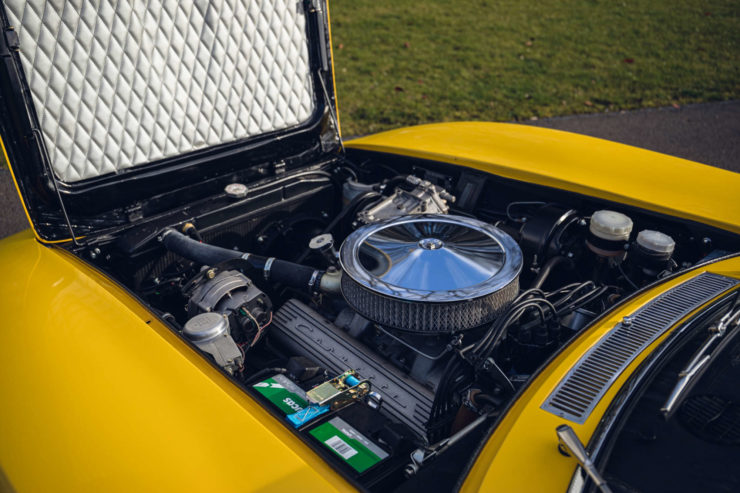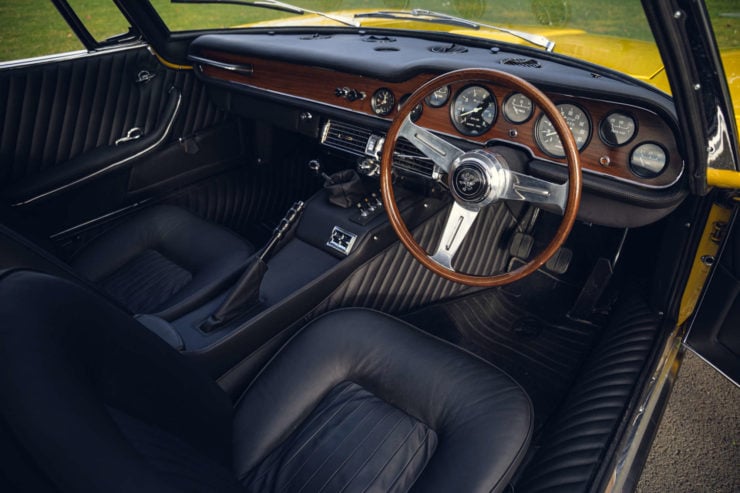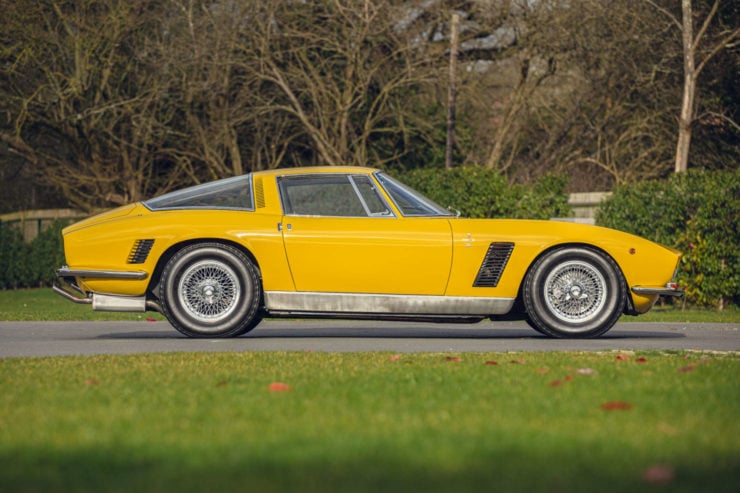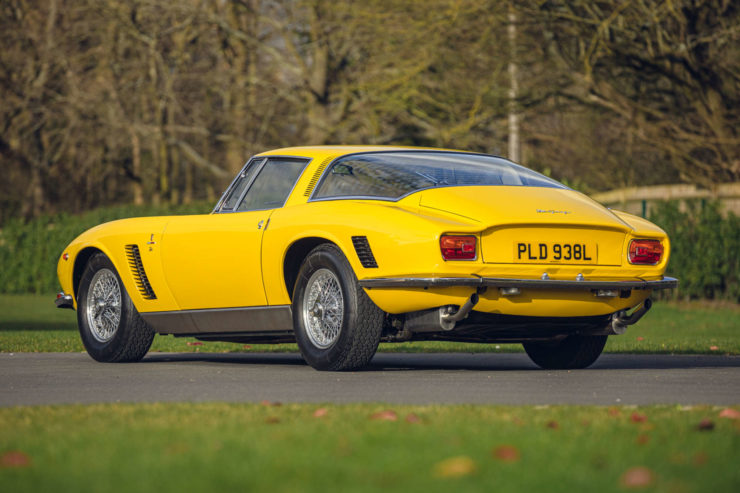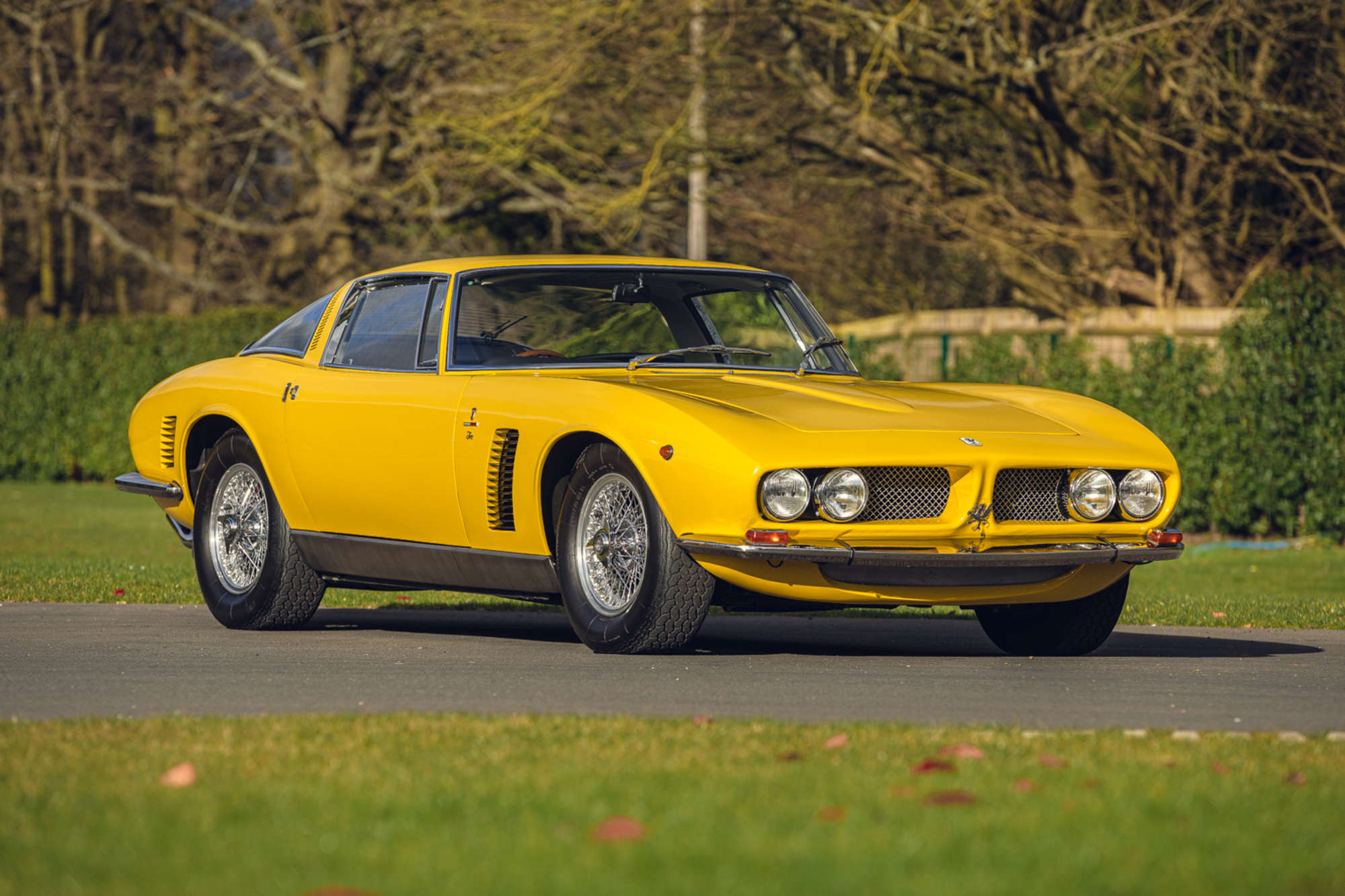This is the highly-customized Porsche 911 SC that was driven by Ken Block in the 2022 East Africa Safari Classic Rally. It was built by the globally renowned experts at Tuthill Porsche, and it’s now being offered for sale online.
It’s important to note that even though this vehicle was built as a safari rally car it’s 100% street legal, and it’s currently road registered in the United Kingdom.
Fast Facts – The Ken Block “Safari Rally” 911 SC
- Ken Block is undoubtably one of the best-known rally drivers in the world, having become a household name thanks to his popular Gymkhana series.
- Block has competed in a vast array of racing disciplines over the years, including rally, rallycross, hillclimbs, tarmac racing, and of course – safari rally racing.
- The Porsche 911SC in 1978 and it remained in production until 1983. It was fitted with a 3.0 liter flat-six capable of over 200 bhp in naturally-aspirated form, and today the model makes a popular target for conversion to rally specification.
- The car you see here started life as a standard 1978 Porsche 911 SC, it was completely rebuilt by the experts at Tuthill Porsche with a strengthened body, uprated suspension and brakes, a rebuilt engine design for rally, a limited-slip differential, and a motorsport spec interior.
The East Africa Safari Classic Rally
The East Africa Safari Classic Rally can trace its origins all the way back to the first Coronation Rally, held in 1953 after a conversion between amateur racing drivers Eric Cecil and his cousin, Neil Vincent.
Above Video: This is the official day one coverage of the 2022 East Africa Safari Classic Rally, it includes plenty of footage of Ken Block driving the car featured in this article.
At the time, the Langa Langa racing circuit had just been built near Nakuru, in Kenya’s Rift Valley and Vincent was entirely unimpressed with the concept of circuit racing:
“I can imagine nothing more boring than driving round and round the same piece of track, but if you will organize an event where we get into our cars, slam the door, go halfway across Africa and back and the first car home is a winner, I’ll be in it.” – Neil Vincent
This conversation led to the creation of the Coronation Rally, named for the coronation of Queen Elizabeth which had taken place earlier that year, on the 2nd of June 1953.
The cross-country Coronation Rally became an instant success, and in 1957 it was included on the international motorsport Calendar by the FIA. In 1960 the name was changed to the East African Safari Rally and by the 1970s the event was part of the official WRC calendar.
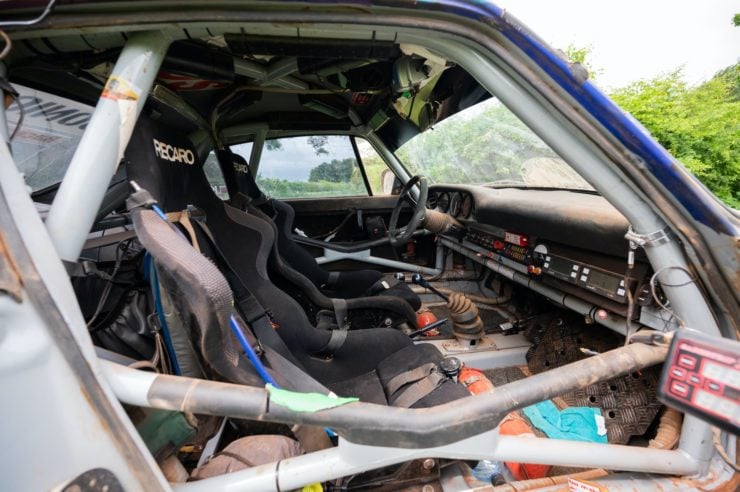
The car was rebuilt to a high standard by Tuthill Porsche specifically for safari rally competition. It now remains in as-raced condition throughout.
The rally was dropped by the WRC in 2003 however it’s defied the odds and continued on, even increasing in popularity since. Now named the East Africa Safari Classic Rally, the event is now the pre-eminent annual safari rally for classic cars.
The Porsche 911 SC By Tuthill Porsche Shown Here
The Porsche 911 SC you see here was built by Tuthill Porsche in the UK specifically to compete in the East Africa Safari Classic Rally.
The built started with a classic 1978 911 SC, it was stripped down to the bodyshell and the team at Tuthill then spent over 350 hours increasing the strength of the shell, adding in double-skin plating and reinforcements, including uprated mounts for the dampers.
The exterior bodywork was given a look reminiscent of the 911 SC/RS style, and full underbody protection was fitted – including safari “roo bars.” It’s riding on white 15 inch Braid alloy wheels with 205/65R15 Dunlop Direzza 86RW rally tires front and back.
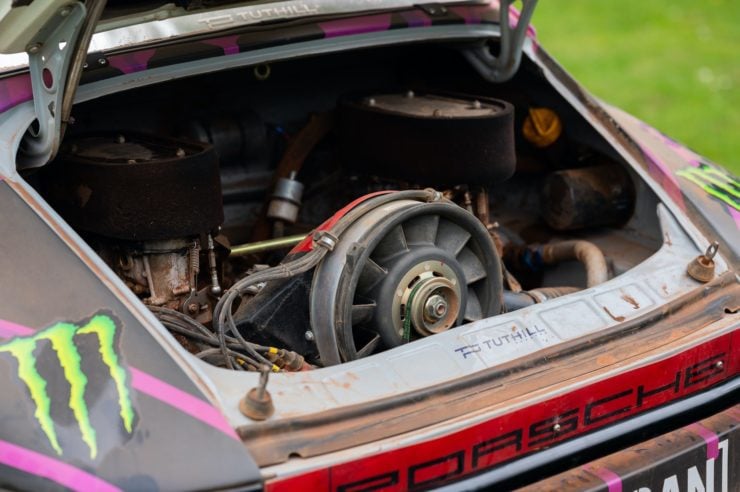
The 3.0 liter 911 SC engine was rebuilt for racing, it now produces 280 bhp. Power is sent to the rear wheels through a rally-spec 5-speed gearbox and a limited-slip differential.
Inside the car you’ll find a full welded-in roll cage, racing seats and harnesses, plumbed-in and handheld fire extinguishers, a heated windscreen, a Monit G-series trip computer, and a wheel nut gun and other tools mounted in the door cards for easy access.
The 3.0 liter 911 SC engine was completely rebuilt to rally specification, with a slew of new performance parts including a rally specification camshaft. It’s mated to a rally-spec 5-speed gearbox and a limited-slip differential, and it produces 280 bhp.
To better handle the varied terrain of the event, the car was fitted with EXE-TC 5-way adjustable dampers and fully strengthened rear arms, with a safari specification steering rack.
As you may expect, the car does have some damage here and there from the rally, and it remains in original as-raced condition, meaning it’ll be up to the new owner whether it gets a wash or remains a little dusty.
The car is now being offered for sale in a live online auction by Collecting Cars out of Oxfordshire in the United Kingdom. If you’d like to read more about it or register to bid you can visit the listing here.
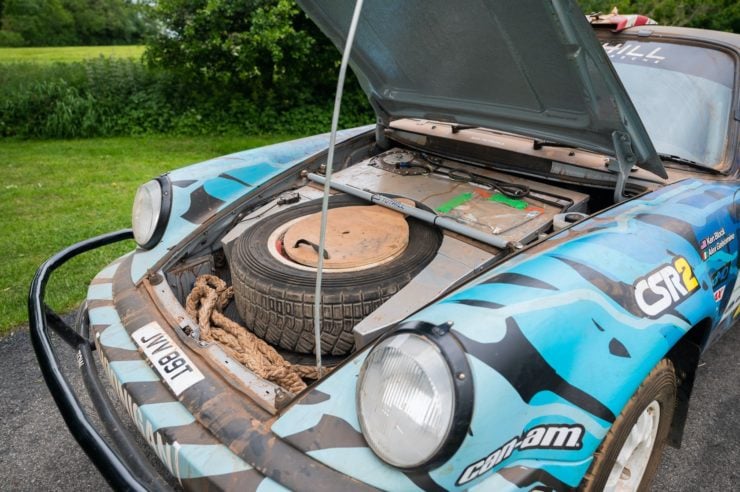
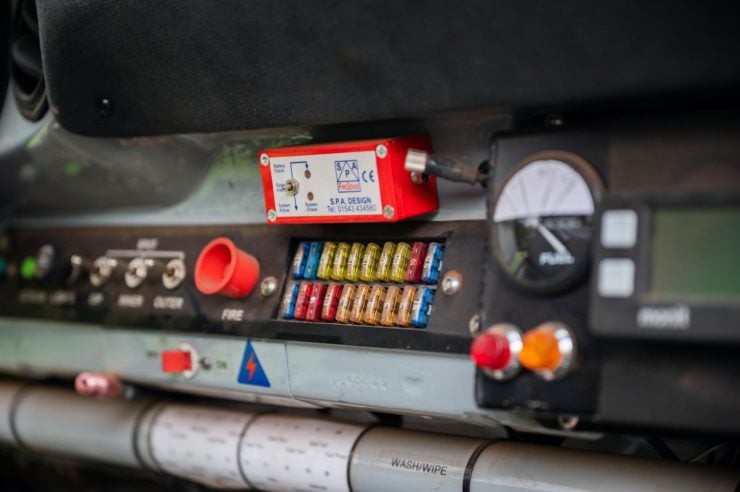
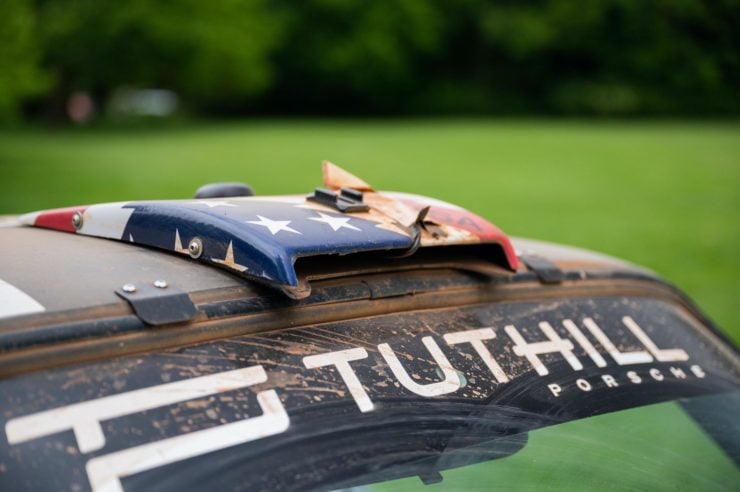
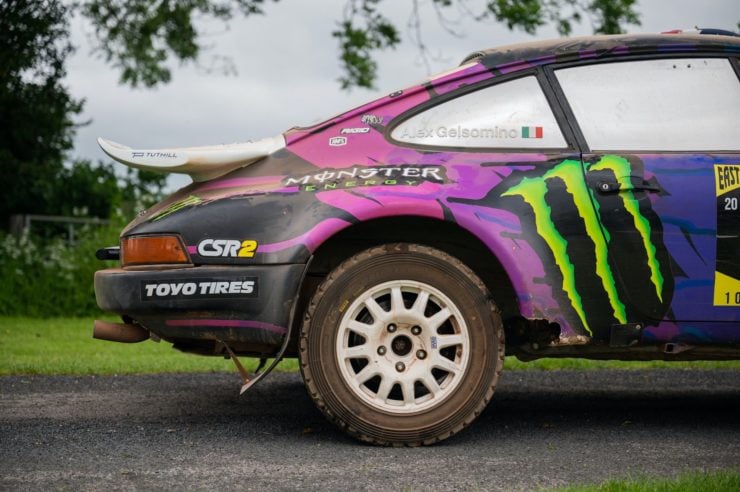
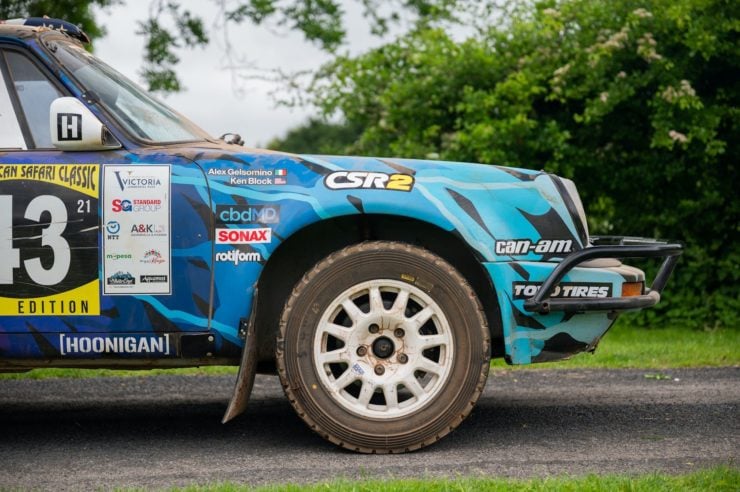
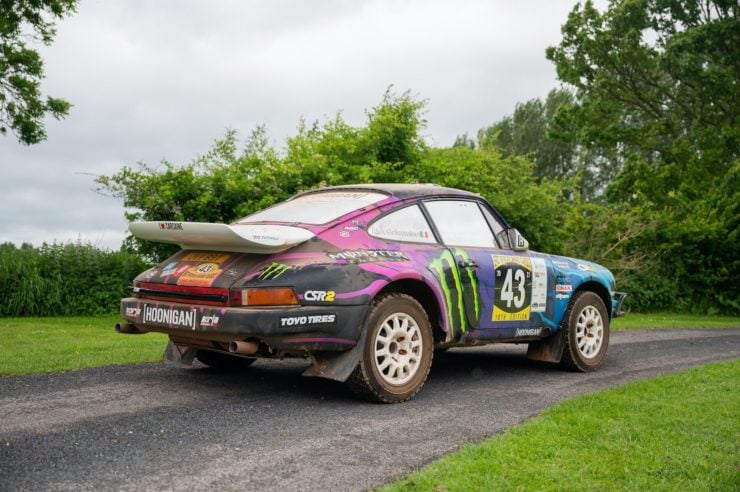
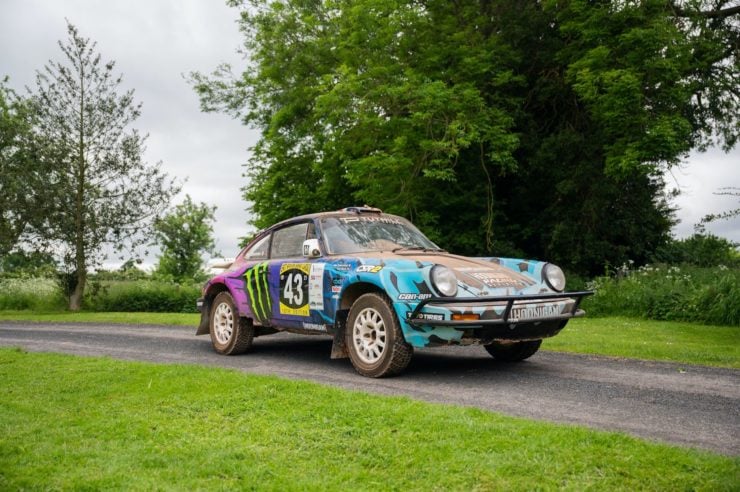
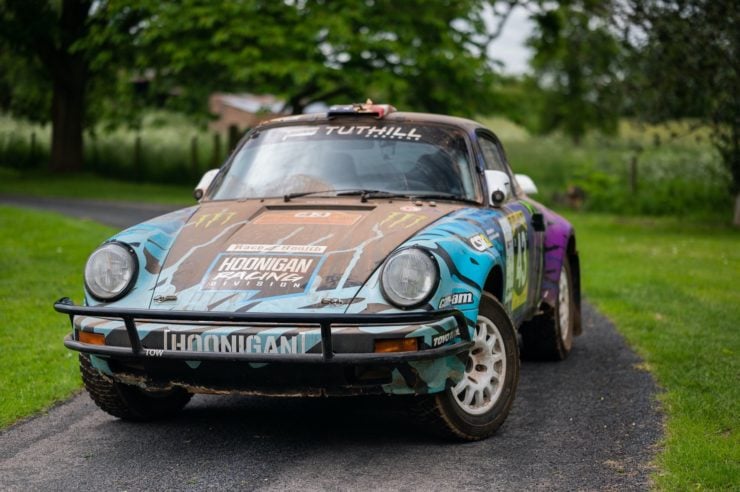
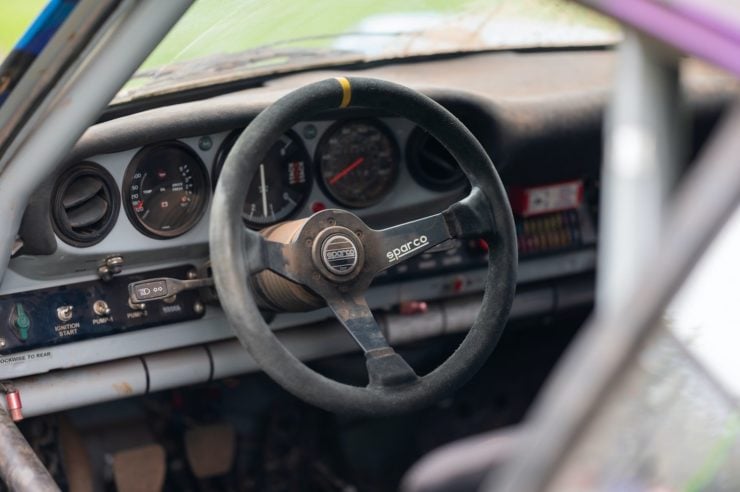
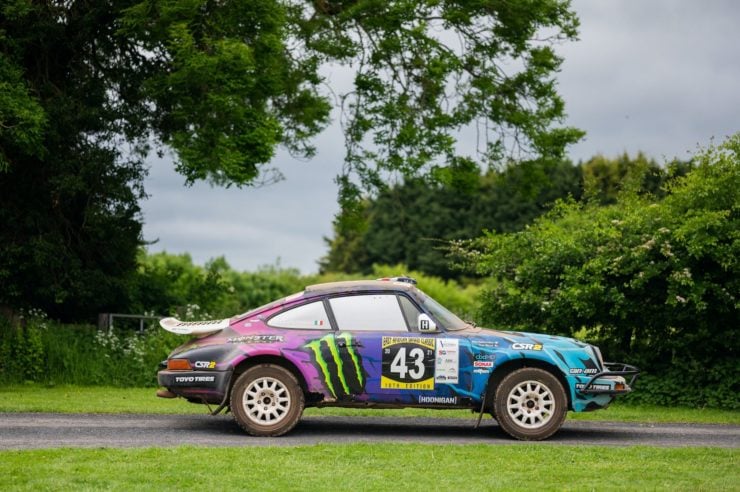
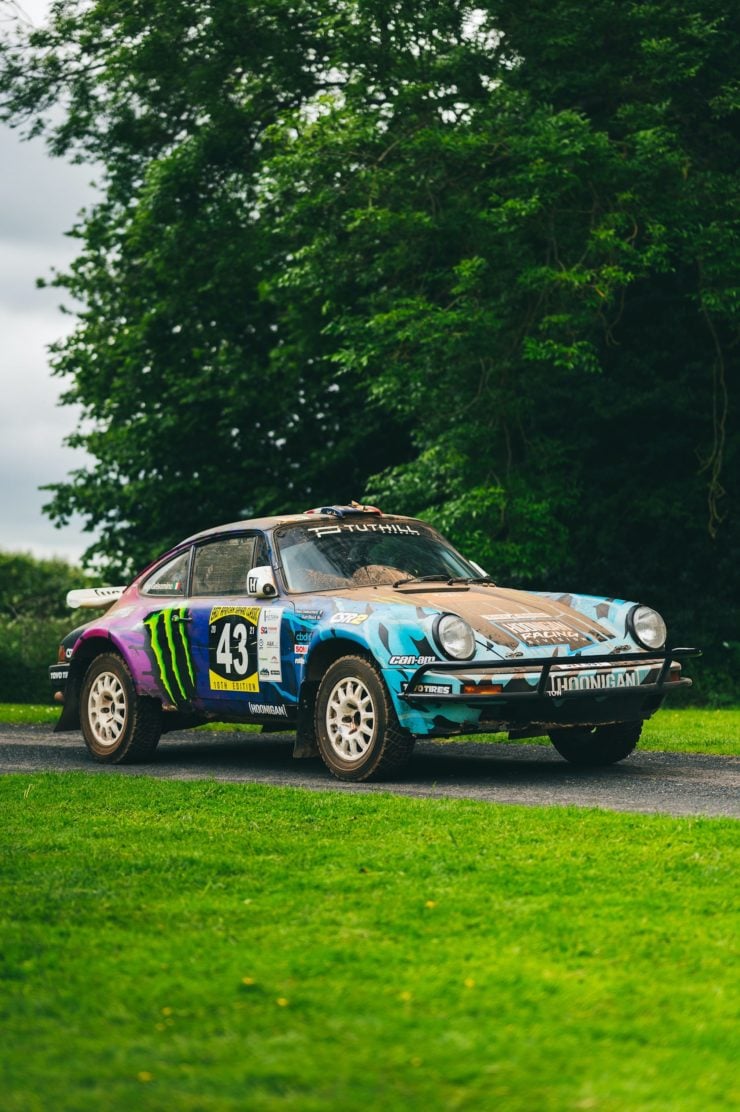
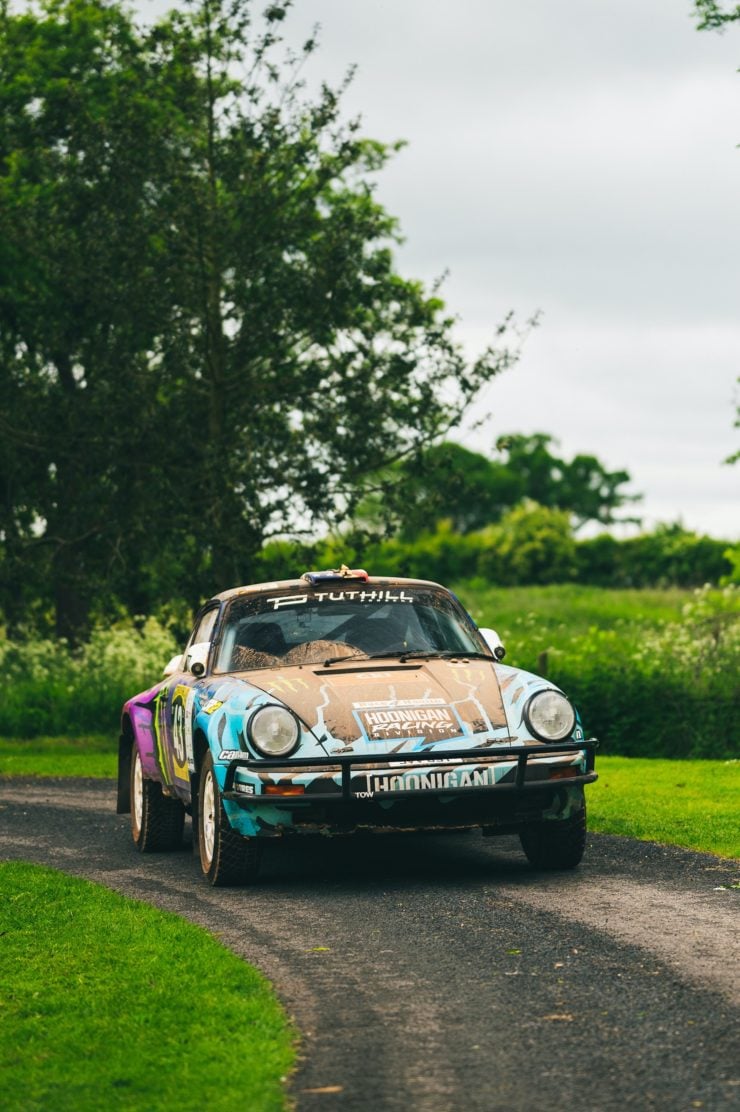
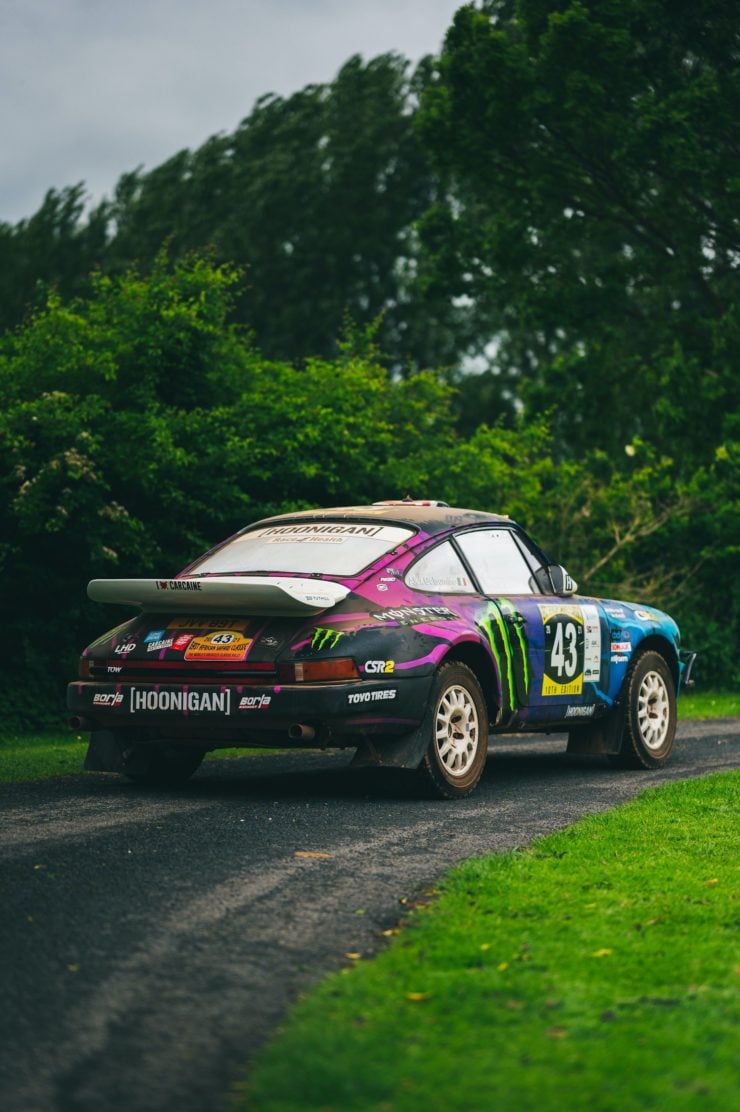
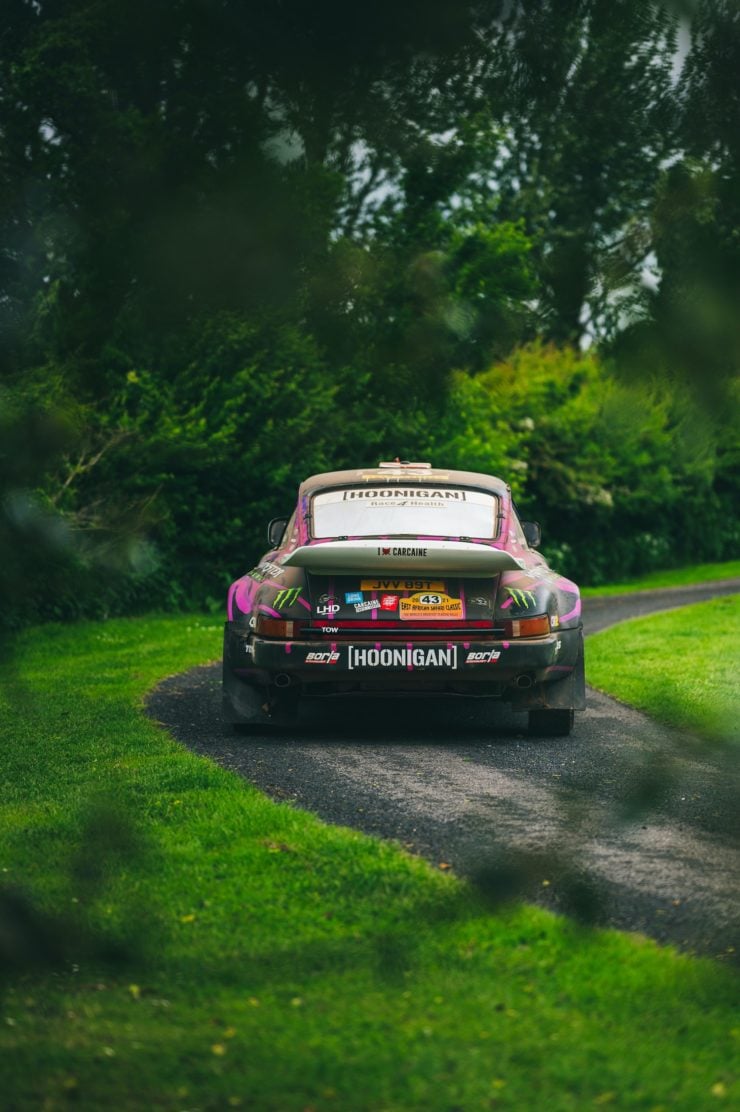
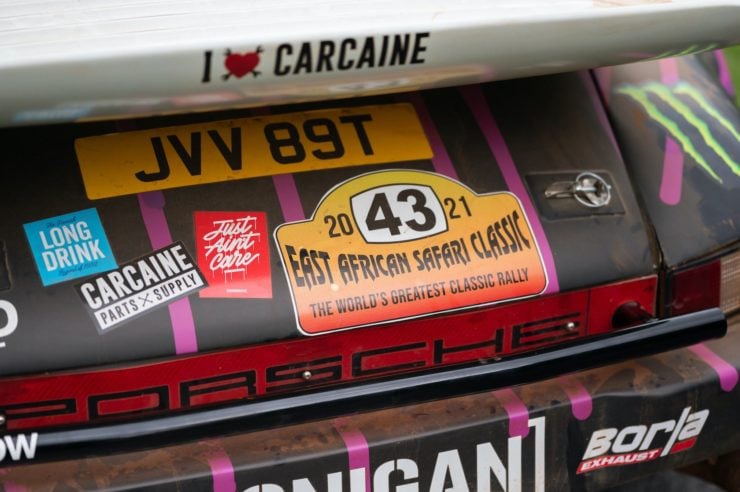
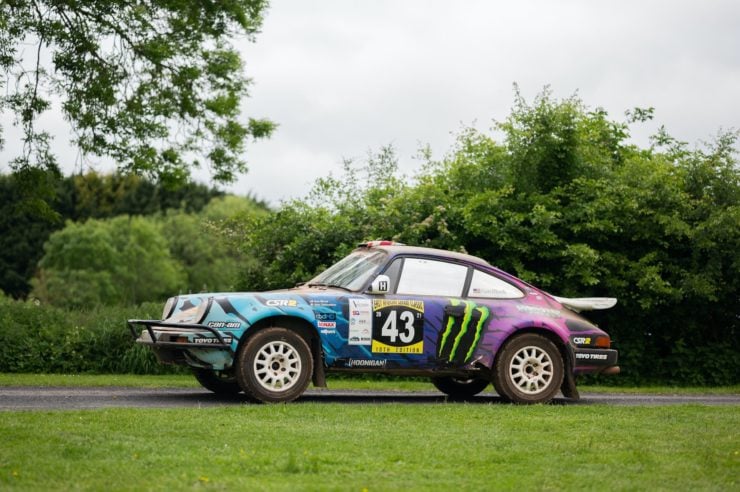
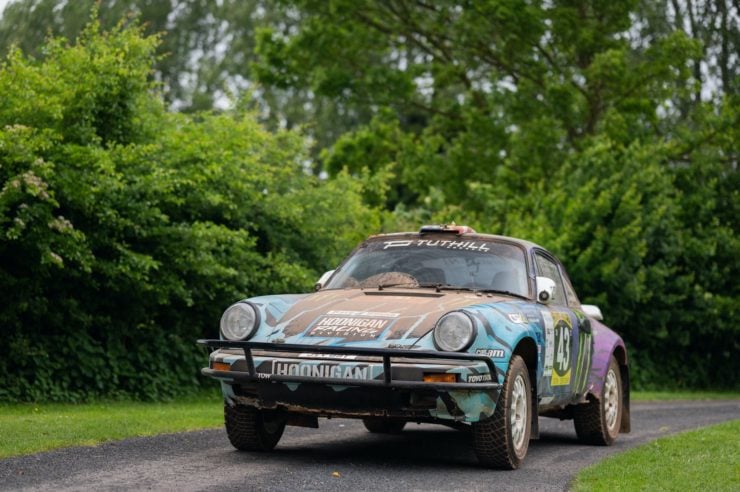
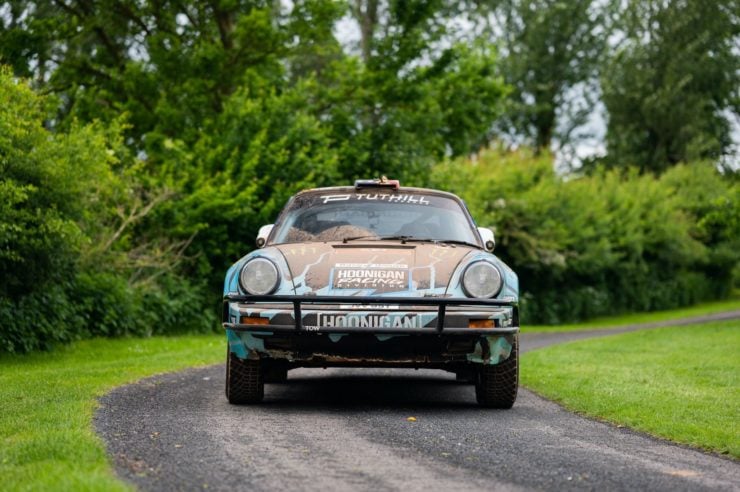
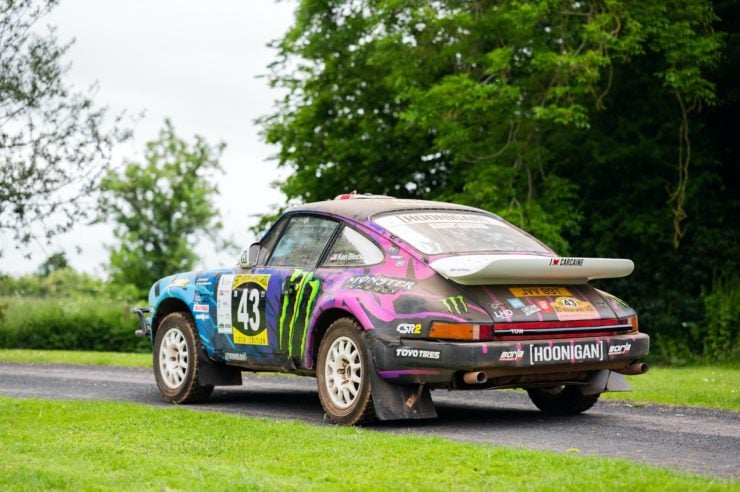
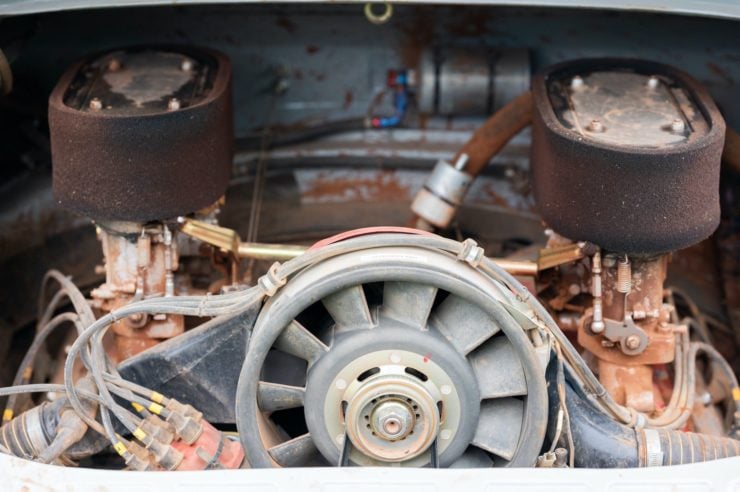
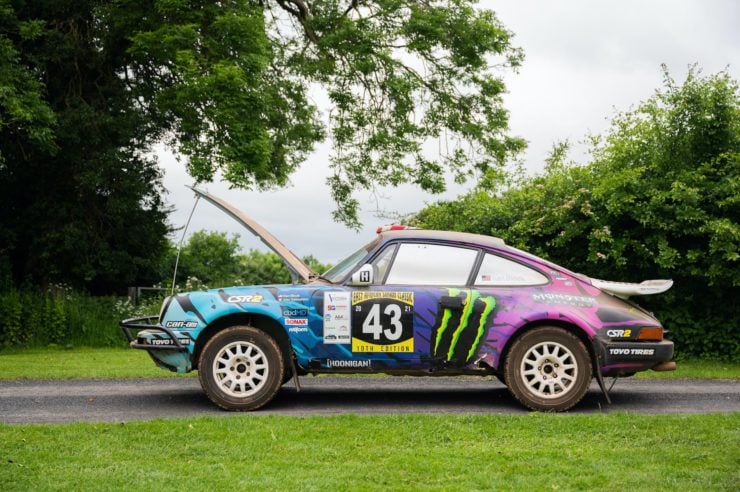

Images courtesy of Collecting Cars
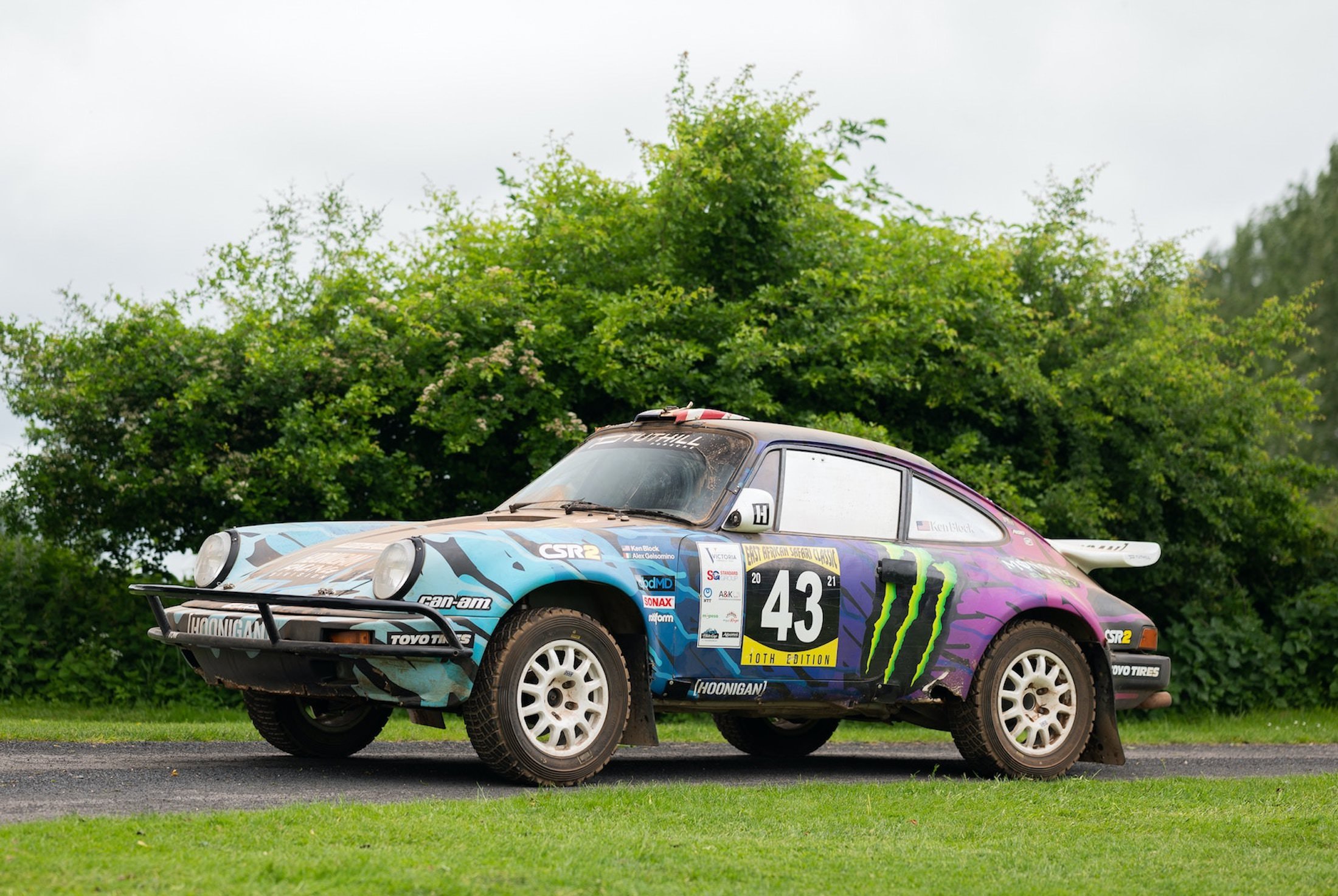
The post Ken Block’s Porsche 911 SC “Safari Rally” Car Is For Sale appeared first on Silodrome.
from Silodrome https://silodrome.com/ken-block-porsche-911-sc-safari-rally-car/
via gqrds
